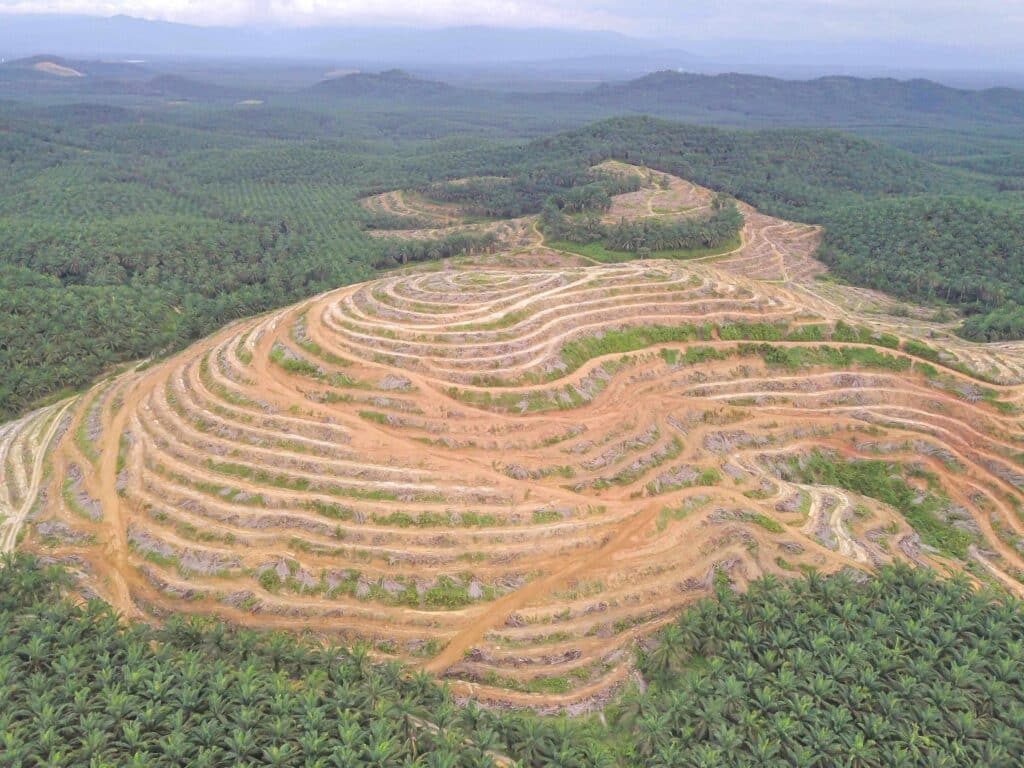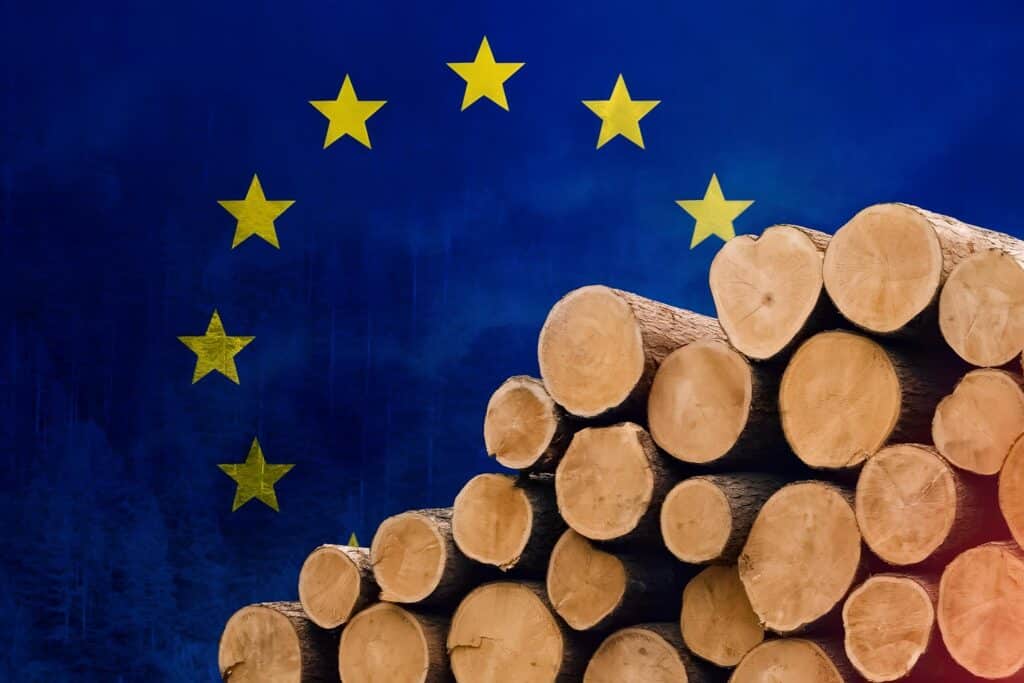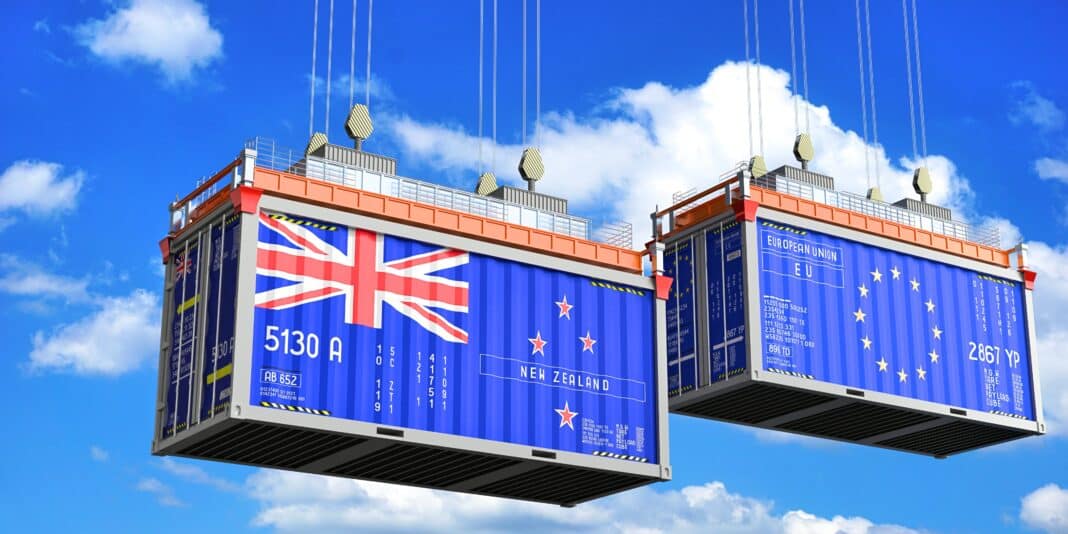New Zealand is the latest country to flag concerns with the EUDR, with the wood processing industry grappling with how the new rules will impact its NZ $100 million trade in wood pallets into the European Union.
It comes after Wood Central exclusively revealed that the Australian Government had written to the European Commission expressing concern about the rules and its implications for Australia’s trade in wood and beef.
Already, Indonesia, Malaysia, and the United States – the world’s largest producer of forest products – are tightening the screws on EU policymakers, claiming that the new legislation will lead to a surge in prices for forest-based products.
As a result, the Financial Times reported that EU policymakers are now debating whether to delay or water down parts of the regulation to allow global supply chains to catch up.

According to Mark Ross, the CEO of the Wood Processors and Manufacturers Association—New Zealand’s peak body for wood processing—the local industry is now in a state of flux, with processors now weighing up the compliance costs around the new rules.
“We support that, but the way they’re going about it, it’s going to be hard to meet the criteria they put out there for New Zealand exporters to the European Union countries,” said Mr Ross, who spoke to RNZ today.
Despite topping the corruption perception index and having next to nil risk of deforestation, Mr Ross said that processors would need to provide documentation detailing where trees came from before products were processed and information about forests and trees replanted.
“They’ll need to have geolocation data that shows where those forests have come from when it comes to wood products,” he said, adding that “we will need to have satellite images like GPS coordinates showing where those trees were harvested before they were processed.”
Last week, Wood Central reported that the compliance cost of the new legislation could blow out beyond US $2.5 billion per year, with an expert warning that exporters may need to run two separate supply chains—”one that is EUDR-ready, and the other which is not.”
According to Mr Ross, the new rules will be especially challenging for agriculture because the provisions state that export products cannot be linked to the conversion of natural ecosystems: “If the lands harvested then converted into agriculture, you won’t be able to export those products. So if it’s harvested and replanted, you’ll be fine.”
New Zealand’s new FTA with the EU comes into effect next month.
The concerns around the new EUDR, enforceable from December, come after New Zealand’s new free trade agreement kicks off later this week. In a new report produced by Export NZ, Seizing opportunities through compliance, the NZ government body recognises that:
“Whilst New Zealand’s cattle and forestry sectors are generally well-regulated and sustainable, exporters must demonstrate compliance with the EU’s stringent sustainability criteria to maintain access to the single market.” Before acknowledging that “this could involve additional administrative burdens and costs, particularly for small and medium-sized enterprises.”
Export NZ’s Seizing opportunities (in the EU) through compliance, the NZ government’s latest report.
It said compliance with New Zealand’s incoming legal harvest assurance scheme for forestry “may ensure compliance with this EU regulation,” which, if all goes well, will begin in 2026 – with the Ministry for Primary Industries extending the consultation period for the system to June 4th.
Mr Ross said the wood processing sector would hold workshops with interested parties to help them adjust to the changes before then searching for possible forest tracing software available in the market.
“But at the moment there, there is a lot of confusion and uncertainty around what needs to be done,” he said, “some people are calling it significant implications and that trying to get that data would be very difficult in some circumstances.”

NZ is in a strong position to carve out a competitive advantage.
But he said New Zealand was in a good position and believed the sector could gain a competitive advantage here. He added that “when it comes to forestry and planting trees, we have good systems in place when it comes to knowing where our products come from.”
In an email to members, the association said it was considering “the approach and service of FSC”, the Forest Stewardship Council certification, but said feedback was that the scheme alone would not provide the paperwork expected to be needed by European officials.
How the EUDR will work.
- The regulation will assign a low, standard, or high-risk level associated with deforestation and forest degradation to regions within countries inside and outside the EU.
- This risk classification will guide the obligations of various operators and the authorities in member states to perform inspections and controls. Consequently, this will streamline monitoring for high-risk regions and simplify due diligence processes for low-risk regions.
- Authorities responsible for these areas must inspect 9% of operators and traders dealing with products from high-risk regions, 3% from standard-risk areas, and 1% from low-risk regions. This inspection aims to confirm whether they are effectively meeting the obligations stipulated by the regulation.
- Further, these competent authorities will inspect 9% of relevant goods and products either placed on their market, made available, or exported by high-risk regions.
- Lastly, the EU plans to enhance its cooperation with partner countries, focusing primarily on high-risk areas.
For more information, visit Wood Central’s special feature on EUDR and its implications for the global supply chain of forest products from July 2023. For changes to the official text of the EUDR, visit the EU’s official website.






